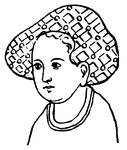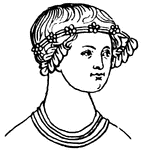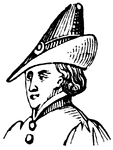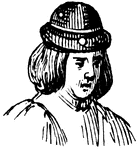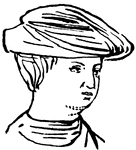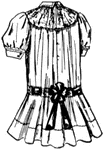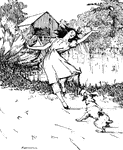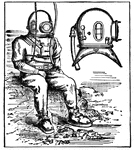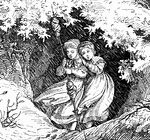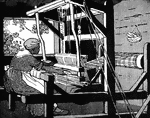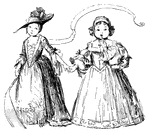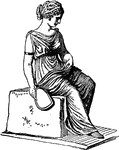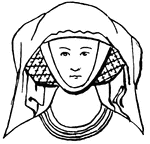
Female head-dress from the time of Edward IFemale Head-Dress from the Time of Edward I
Female head-dress from the time of Edward I
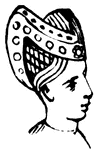
Female Head-Dress from the Time of the Plantagenets
Female head-dress from the time of the Plantagenets

Female Head-Dress from the Time of the Plantagenets
Female head-dress from the time of the Plantagenets

Female Head-Dress from the Timeof the Plantagenets
Female head-dress from the time of the Plantagenets

Drilling Troops
The influx of Northern regiments of troops into Washington during the early days of the war rendered…

Masquerade of War
"The Masquerade of War. Ingenious method of disguising the masts and hulls of Commodore Porter's morter…

Burlesque Dress Parade
"Soldiers participating in a burlesque dress parade. Thanksgiving festivities at Fort Pulaski, Ga.,…

Fort Hindman
"The investment of Fort Hindman, Arkansas Post, Ark., by the Federal troops under General McClernand,…

Silvio and Nedda
Silvio the villager and Nedda, the wife of canio, from Ruggiero Leoncavallo's Pacliacci.

Aigret
"A plume composed of feathers arranged in imitation of the feathers on the head of the heron, and worn…

Diving Dress
"Diving Apparatuses are contrivances by means of which divers are enabled to remain a considerable time…

Miter
"Miter, or Mitre, is a form of head-dress worn by the inhabitants of Asia Minor; a head-band. In religion,…
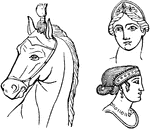
Amphyx
"Amphyces, Frontlets. A frontal, a broad band or plate of metal, which ladies of rank wore above the…

Sphinx
"Sphinx is a Greek word signifying 'strangler,' applied to certain symbolical forms of Egyptian origin,…

Exomis
"A dress which had only a sleeve for the left arm, leaving the right with the shoulder ad a part of…

Fibula
"A brooch, consisting of a pin, and of a curved portion furnished with a hook. The curved portion was…
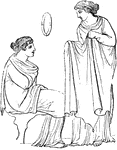
Peplus
"The peplus was a shawl which commonly formed part of the dress of females. It was often fastened…
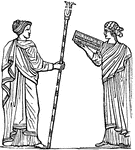
Mitra
"An eastern head-dress, sometimes spoken of as a characteristic of the Phrygians. It was also the name…

Nebris
"A Nebris is a fawn's skin, worn originally by hunters and others, as an appropriate part of their dress,…

Stola
"A female dress worn over the tunic; it came as low as the ankles or feet, and was fastened round the…
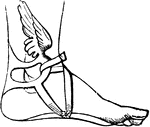
Talaria
"Talaria, small wings fixed to the ankles of Mercury, and reckoned among his attributes. In many works…
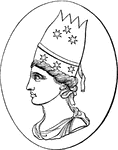
Tiara
"Tiara or Tiaras, a hat with a large high crown. This was the head-dress which characterized the north-western…

